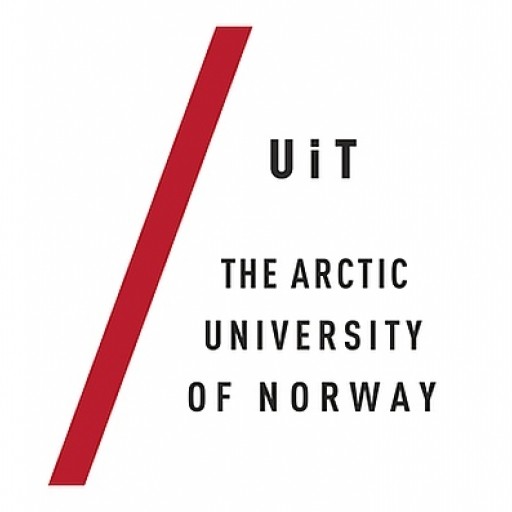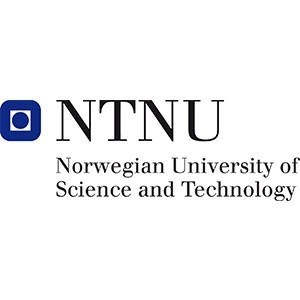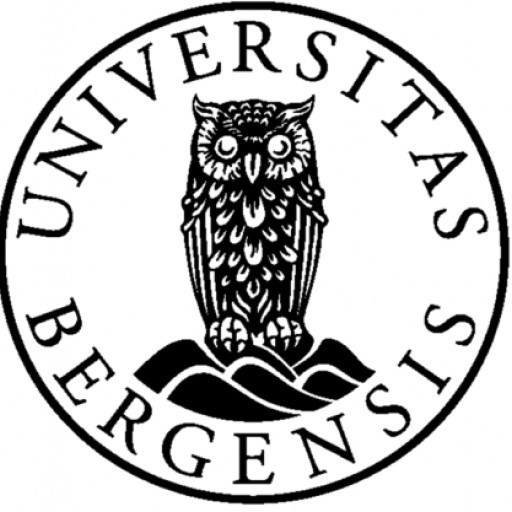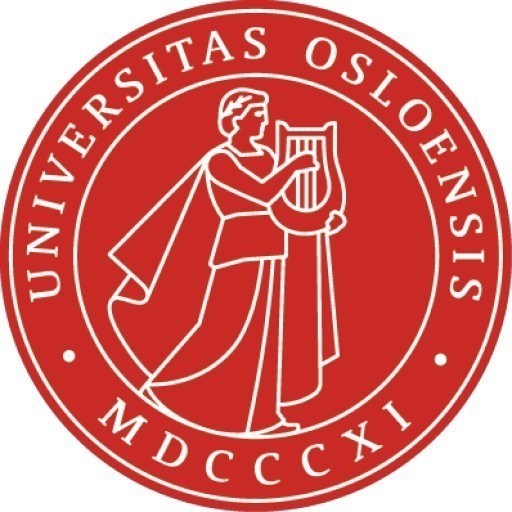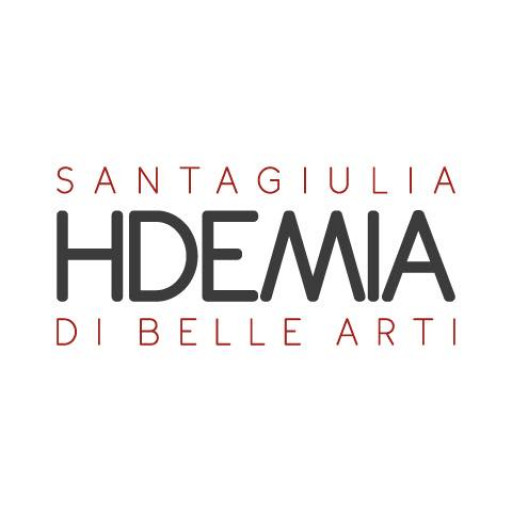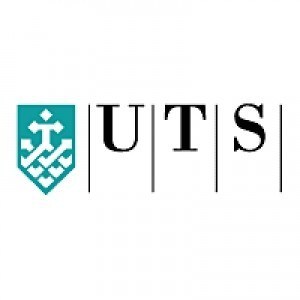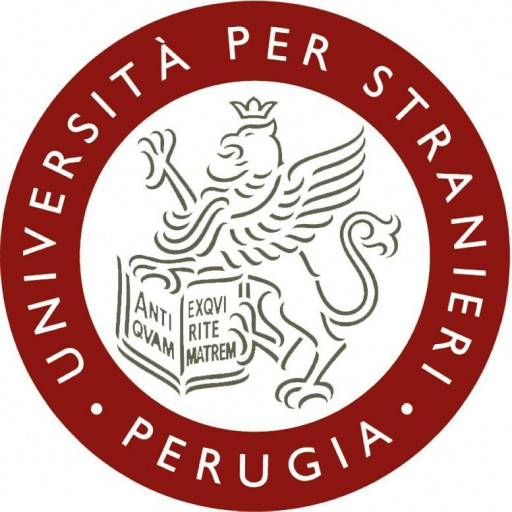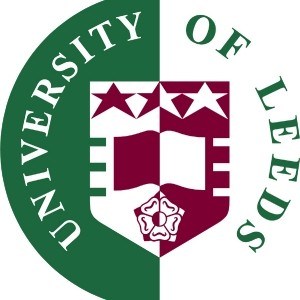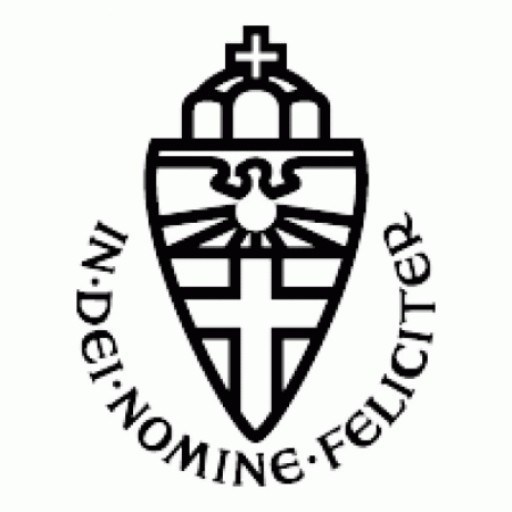Visual Cultural Studies at UiT The Arctic University of Norway is an interdisciplinary program dedicated to exploring the complex ways in which visual media shape, reflect, and influence contemporary culture. This programme offers students a unique opportunity to critically examine visual phenomena through the lenses of history, theory, and practice. Emphasizing a broad understanding of visual culture, the curriculum addresses various forms of visual expression, including art, film, media, digital technologies, and design. Students will engage with theoretical frameworks that analyze visual communication, representation, identity, power, and societal change. The program fosters critical thinking and analytical skills, enabling graduates to interpret and produce visual content within cultural, social, and political contexts. Throughout the course of study, students will undertake practical assignments, participate in discussions, and conduct research projects that deepen their understanding of visual culture's role in shaping perceptions and societal norms. The program prepares students for careers in media, arts administration, academic research, cultural management, and related fields where visual literacy is essential. Emphasizing both theoretical knowledge and practical skills, the Master’s programme aims to cultivate innovative thinkers capable of contributing to discussions on media influence, cultural policy, and artistic practice on both local and global scales. By the end of their studies, graduates will possess a comprehensive understanding of how visual culture operates across different platforms and contexts, as well as the capacity to critically analyze visual elements in contemporary society.
Visual Cultural Studies at UiT The Arctic University of Norway offers an engaging and comprehensive program designed to explore the diverse ways in which visual media shape and reflect contemporary culture. The program provides students with a deep understanding of the history, theory, and critical analysis of visual cultures, including art, film, television, digital media, advertising, and popular culture. Through interdisciplinary coursework, students will examine how visual forms communicate meaning, influence societal perceptions, and contribute to cultural identity. The curriculum emphasizes both theoretical frameworks and practical skills, equipping students to interpret and analyze visual phenomena critically. Courses cover topics such as visual theory, media aesthetics, cultural studies, digital imaging, and media history. Students will engage with contemporary issues like media globalization, digital transformation, and visual politics. The program encourages active participation in research, media production, and critical discussions, preparing graduates for careers in media, arts, culture management, education, and communication industries. By fostering analytical thinking and creative expression, the program aims to develop culturally aware professionals capable of understanding the complex visual landscape of today's society. Students will have opportunities for internships, collaborative projects, and research activities that enhance their academic and professional experience. Upon completion, graduates will be well-equipped to analyze visual culture within various social and cultural contexts, contributing insightful perspectives to media industries, cultural institutions, or further academic pursuits. The program emphasizes an international outlook, integrating global perspectives and cross-cultural analysis to deepen students' understanding of visual culture’s role worldwide.
The financing of the Visual Cultural Studies program at UiT The Arctic University of Norway primarily comprises Norwegian public funding, student tuition fees (for non-EU/EEA students), and additional external sources such as grants and research funding. Norwegian universities are largely financed through government allocations based on national education policies, regional development priorities, and performance metrics. The Norwegian state, through the Ministry of Education and Research, allocates funding to UiT, which covers operational costs, faculty salaries, research activities, and campus development. Tuition fees are generally not charged to Norwegian and EU/EEA students due to the Norwegian education model emphasizing free higher education. However, non-EU/EEA students are required to pay semester fees, which contribute to student services, campus facilities, and administrative costs.
Students may access financial aid through the Norwegian State Educational Loan Fund (Lånekassen), which offers loans and grants to Norwegian and certain EU/EEA students, supporting living expenses and educational costs. This fund aims to reduce financial barriers to higher education enrollment and continuation. In addition, students can apply for scholarships, grants, or specific project funding provided by UiT or external agencies, especially for research components or international exchange programs associated with Visual Cultural Studies. The university often encourages students to seek external grants from cultural, artistic, or educational foundations that support research and artistic practice in the field of visual culture.
Moreover, the program’s interdisciplinary nature may attract external funding from arts councils, cultural organizations, or research councils interested in visual culture, media, and related studies. Administrative and research staff involved in the program may also pursue research grants from national or international research funding bodies, further contributing to the educational infrastructure. The combination of public funding, student-paid semester fees, and external grants allows UiT to offer a comprehensive educational experience in Visual Cultural Studies, ensuring access to resources, research opportunities, and high-quality instruction. Overall, financing strategies aim to balance government support, student contributions, and external sources, ensuring the program’s sustainability and relevance in the cultural and academic landscape of Norway.
Visual Cultural Studies at UiT The Arctic University of Norway offers a comprehensive exploration of visual culture through an interdisciplinary lens. The program aims to develop students' analytical skills in understanding visual media, art, photography, film, digital media, and other forms of visual expression. It emphasizes critical reflection on how visual phenomena influence and shape societal perceptions, cultural norms, and individual identities. The curriculum includes courses on art history, media studies, cultural theory, and communication, allowing students to acquire a broad understanding of visual cultural dynamics across different contexts and historical periods. Students are encouraged to engage with current debates in visual culture studies, participate in practical projects, and critically analyze visual texts and artifacts. The program prepares graduates for careers in various fields such as media production, arts administration, cultural management, education, and research. It also offers opportunities for interdisciplinary collaboration and encourages students to develop their own research interests through a thesis project. The program typically incorporates lectures, seminars, workshops, and collaborative projects, fostering a vibrant academic community that promotes critical thinking, creativity, and cultural awareness. Graduates from this program are equipped to interpret visual phenomena critically and contribute thoughtfully to discussions on culture, media, and society. This bachelor's program is suitable for students passionate about art, communication, media, and cultural analysis, seeking to understand the impact of visual culture in contemporary society, and aiming for careers in creative and cultural industries, academia, or media organizations.
